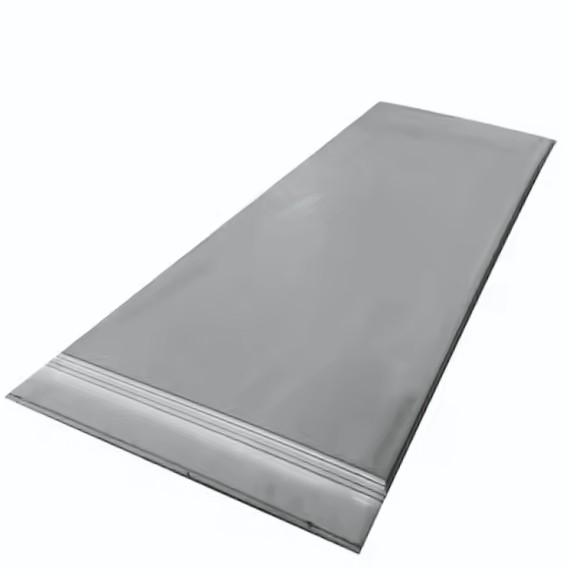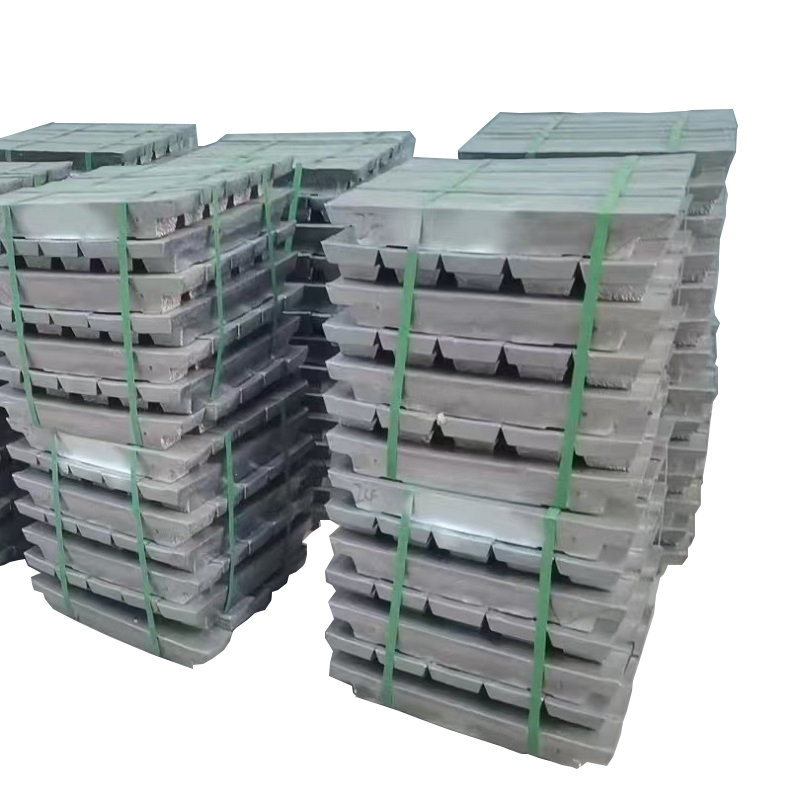Medical Stainless Steel
Stainless Steel Medical Use
304 stainless steel: Contains about 18% chromium and about 8% nickel, has good corrosion resistance, heat resistance and plasticity,
and is widely used in medical devices such as scalpels, surgical scissors, and syringes.
316 stainless steel: It is an improved version of 304 stainless steel, with about 2% molybdenum added, which has better corrosion resistance and pitting corrosion resistance,
and is suitable for high-demand medical devices such as heart stents and artificial joints.
316L stainless steel: It has a lower carbon content and better welding performance, and is suitable for occasions that require welding, such as artificial joints, etc.
317 stainless steel: Contains higher molybdenum elements, has better pitting corrosion resistance, and is mainly used for heart stents, artificial joints, etc.
400 series stainless steel: 420 and 440 stainless steel: have higher hardness and wear resistance, suitable for medical devices requiring high strength and wear resistance.
Precipitation hardening stainless steel:
17-4PH and 15-5PH stainless steel: have excellent strength and corrosion resistance, suitable for medical devices with high strength requirements.
Other special grades:
904L stainless steel: contains high nickel, chromium, molybdenum and other elements, has excellent corrosion resistance,
suitable for high-demand medical devices, such as artificial heart valves, pacemakers, etc.
2205 duplex stainless steel: has austenite and ferrite duplex structure, has good corrosion resistance, mechanical properties and welding properties,
suitable for medical devices, ship accessories, etc.
The selection of medical grade stainless steel grades is based on factors such as corrosion resistance, mechanical properties, biocompatibility, etc.
The specific application scenarios and performance requirements are different, and the selected grades will also be different.














